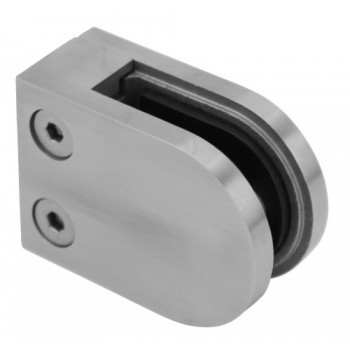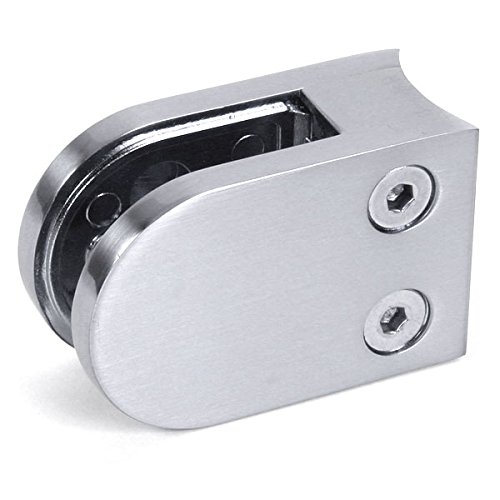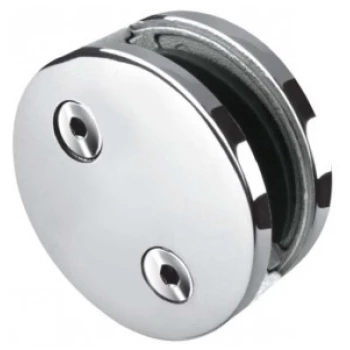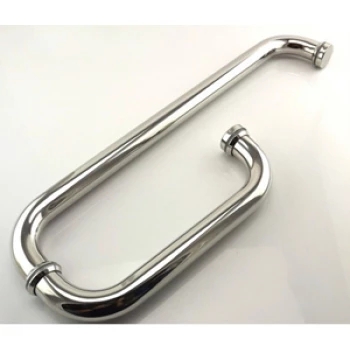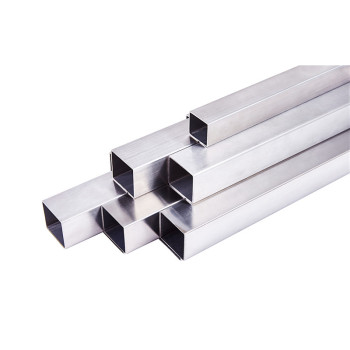Why Does Stainless Steel Rust? The Complete Guide
Stainless Steel is quite a popular type of metal with a wide range of applications. The material is used for manufacturing medical devices, automotive parts, jewelry, and cooking utensils, among many other uses. One of the things that stands out about stainless steel is the fact that it does not rust. Is this true?
However, if you’ve got ever owned or used a stainless steel product, it’s likely that you simply have noticed rust (corrosion), and you’ll have even questioned if its name may be a misnomer. Why does stainless steel rust? Read on as we reveal how and why a stainless steel material can rust.
The science behind rusting of stainless steel
Just like other metals, there is always science behind the rusting effect of the stainless steel metal.
To understand what makes chrome steel rust, it is first important to have a plain understanding of the science that typically prevents it from rusting.
Steel is a product of iron and carbon. Stainless steel contains iron, carbon, and anywhere from 12-30% chromium.
Stainless steel encompasses other elements like nickel and manganese, but chromium is the key element that makes it rust-resistant.
When the surface of typical steel is exposed to oxygen, it always forms oxide (Fe2O3), which has a popular red rust color.
Ferric oxide is not capable of forming an endless layer on the steel because the oxide molecule occupies a larger area than the underlying iron atoms. It eventually wades off, leaving raw steel exposed, which then starts an inevitable rusting cycle.
So how is rusting prevented?
When stainless steel is exposed to oxygen, a layer of chromium oxide forms on the surface. This happens because chromium has a very strong affinity for oxygen.
The chromium oxide, in most cases, is a very thin layer that doesn’t spawl off. It prevents any further oxidation of the stainless steel.
However, when chrome steel is scratched, and therefore the chromium oxide layer is removed, a replacement chromium oxide layer will form and protect the remainder of the chrome steel beneath it.
As long as there’s sufficient chromium present, the chromium oxide layer will still offer adequate protection to the stainless steel and stop it from rusting.
Causes of Stainless Steel Rusting
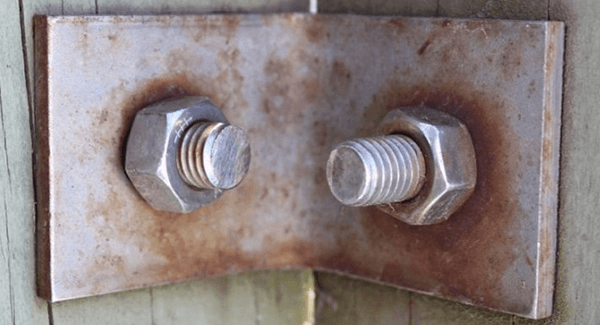
It is now crystal clear that stainless steel can rust. However, if you have used this material for a while, you must have noticed that some steel rust too early, while others can serve you for long without rusting. What could be the cause of this?
The main cause of stainless steel rust is the corrosion. Corrosion gets rid of the chromium hence leaving the raw steel to be exposed to different elements that can accelerate rusting.
There are different types of corrosion that result in rusting. Let’s look at each type.
Crevice corrosion: Crevice corrosion occurs when the surface of the stainless is oxygen-deprived, as during a joint or crevices. A small gap that was created to deal with the tolerance will become the epicenter of the rust. Water or other fluid will accumulate at this gap on the crevice.
Oxygen within the fluid is reduced over time, and this will lead to the build-up of chloride.
These chlorides form acids that corrode the stainless. The stainless doesn’t need an additional metal – it just needs a little gap to solve the problem. Pitting can be extremely severe in these cases and may be difficult to manage.
Geometry is often altered to remove the crevices or the way during which fluid can pool, but sometimes the resolution could also be to use a different metal like titanium, which resists the chlorides.
General corrosion
This type of corrosion takes place with minimum interference from the external factors. It will automatically happen when the pH of the stainless steel metal falls below 1.
Intergranular attack
The granules of the stainless steel can be under attack by different elements such as heat. The high temperature of over 450 degrees Celcius can cause the disintegration of the carbon particles. In doing so, it will make the surface of the steel to be exposed to different elements.
Bimetallic corrosion
Bimetallic corrosion happens when two different metals with a common electrolyte come into direct contact with each other. This corrosion is sometimes referred to as galvanic corrosion.
There will be a redox reaction, which simply means a reduction and oxidation chemical reactions. The results will be cells that create electric potential on the surface of the metal.
Stress corrosion
The external stress that is exerted on stainless steel can cause some form of corrosion. This will in turn expose the steel to different elements of rust.
Contamination during manufacturing and cleaning, welding
Small particulates, plain steel become embedded within the surface and cause surface staining on the stainless steel.
If the part is machined on a CNC machine that also does steel parts, small particulates of steel can end up contaminating the coolants. The stainless steel part that is machined will become permanently embedded within the surface.
Similarly, buffing wheels that are used on steel parts than on stainless can similarly embed steel particulates. This applies to other steel tools, such as wrenches.
It’s these foreign non-stainless particles that are undergoing the rusting and causing the surface of the steel to stain. Inspect your machining storage area, and make sure that they’re not cross-contaminating your stainless parts.
How Do You Keep Stainless Steel From Rusting
Whether it is for small applications such as home appliances or for industrial applications, you should strive to protect your stainless steel from rust. But how can you do so?
There are various simple but effective ways of guarding stainless steel against rust. Here are some of these tips;
Clean using non-abrasive tools: When it comes to cleaning the stainless steel parts, ensure that you use soft items such as cloth. They will not corrode the surface of the metal, exposing it to rust.
Use non-chloride cleaners: This can be alkaline or alkaline chlorinated cleaners as they will not corrode the steel. Avoid cleaners that contain quaternary salts
Always use treated water when cleaning stainless steel
You should never use hydrochloric acid on steel
Clean the stainless steel products materials frequently to get rid of stubborn stains.
How Can I Remove Rust from Stainless Steel?
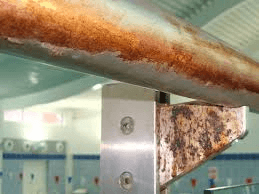
Let’s say that part of your stainless steel already has rusted or is defaced with the scale of rust. Can I restore it to the original look?
Yes, it is possible to get rid of the rust and make your stainless steel material shiny again. Here are some of the ways of achieving this goal:
Removal of the contaminants: If the rust has already appeared you can start by physically removing the cross-contamination granules. You should also remove the heat tints that have formed around the affected areas.
Repassivation of the rusted surface: This method entails self-restoration of the affected part. The affected part is protected from rust catalysts so that it can restore itself to the original form.
Using baking soda: This method is ideal for the home appliances that are made of stainless steel. Make a soda solution then use a soft towel to wipe the affected areas of the steel.
Use phosphoric acid
You can also use phosphoric acid to get rid of the rust on the stainless steel metal. The main advantage of this cleaning solution is it is capable of dissolving iron oxide without causing corrosion on the surface of the stainless steel material.
The phosphoric acid dissolves the iron oxide to form iron phosphate and water and as a by-product. The new solution can be easily wiped off from the steel.
The good news is phosphoric acid is easily available from your next-door store. It is also not aggressive hence won’t corrode or stain the stainless steel surface.
You can then rinse the surface using distilled or deionized water.
Use acetic acid: Acetic acid can also do a commendable job when used to clean rust from the stainless steel surface. It is also less aggressive hence will cause minimum chemical and physical damage on the steel surface.
Acetic acid tends to work well when used to clean a large surface area affected by the rust.
You should also rinse the surface using distilled or deionized water once you have finished cleaning.
Article from TheNafem

